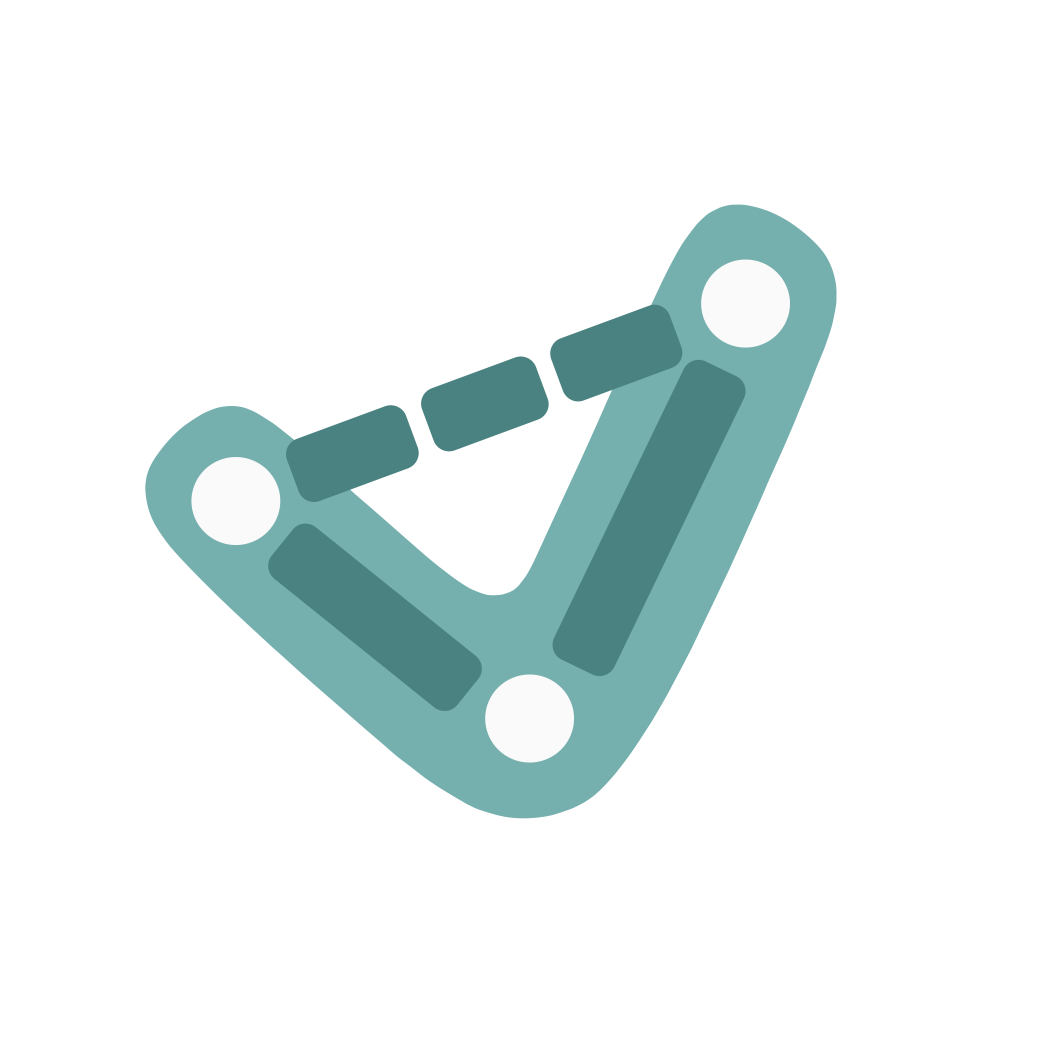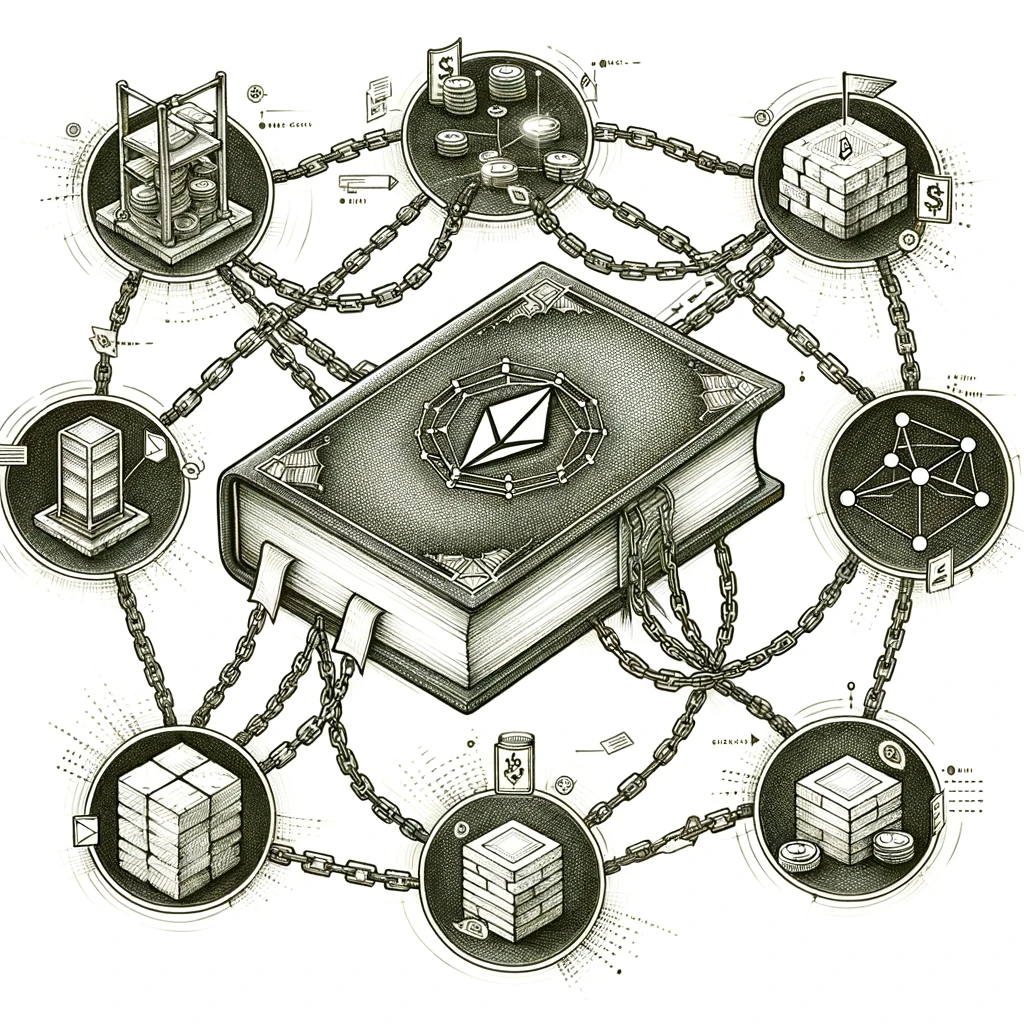Web3 has been around for more than a decade, yet we’re still in the infancy of the technological movement. We look into what history has to offer us and how Vouch is leveraging learnings from the successes and failures of early movers… all to create a new blue ocean in the blockchain space.
Decoding the Decade: Web3's Remarkable Evolution
The Emergence of Ethereum (2015): Initially proposed by Vitalik Buterin in late 2013, Ethereum finally launched in 2015 as a new blockchain system that could execute "smart contracts". This capability has made Ethereum different from Bitcoin, allowing developers to create decentralized applications (DApps). The concept of "programmable money" became tangible, leading to a massive wave of innovative projects on its platform.
Rise of Decentralized Finance (DeFi): DeFi platforms, which enable lending, borrowing, and trading without intermediaries, have reshaped the financial landscape. They democratize finance by giving everyone, irrespective of geographical location, access to financial products. DeFi protocols like Compound and Aave have shown how traditional banking systems can be disrupted with a trustless, open-source approach.
Introduction of Non-Fungible Tokens (NFTs): NFTs, unique digital assets verified using blockchain technology, have revolutionized the art, collectibles, and membership spaces. Platforms like OpenSea and Rarible have empowered artists and creators by ensuring they get a fair share of future sales, and created a trustless method of proving the authenticity of digital goods or artwork.
DAOs – A New Governance Model: Decentralized Autonomous Organizations (DAOs) like The DAO and MolochDAO proposed a shift from traditional centralized leadership to community-driven decision-making. They exemplify how blockchain can democratize organizational governance via on-chain communal votes, though they also highlighted vulnerabilities and the importance of robust code in the space.
SocialFi: SocialFi platforms like FriendTech and Stars Arena took over the space recently, primarily focusing on providing access to each users’ private chat via paid “keys”. Their business models are based on a bonding curve where the price per key goes up exponentially according to the number of keys a specific user had issued to their fans. Like the tulips craze back in Amsterdam in the 1800s, this led to high degrees of speculative behavior, similar to the early adoption of NFTs.
Blueprint for Beginners: The Biggest Issues in Web3 Today
The Blockchain Trilemma: This concept was coined by Ethereum's founder, Vitalik Buterin: it represents the challenge of achieving scalability, security, and decentralization all at once. It's crucial to understand this balancing act because no blockchain has, thus far, perfectly achieved all three simultaneously.
Expanding Beyond Early Adopters: Gaining traction beyond the initial crypto enthusiasts is a challenge today. Projects need to focus on user experience and interoperability to attract a non-web3 mainstream audience. Streamlined interfaces and bridging gaps between chains, like what Polygon and Privy are doing for Ethereum, can push Web3 towards broader adoption.
Legal Labyrinths: As the Web3 space evolves, so does its relationship with legal systems. Landmark discussions, such as the SEC's deliberations around crypto tokens being securities, have shaped the regulatory landscape and informed project strategies.
Overcoming Bad Actors: The decentralized nature of Web3 attracts both innovators and malicious entities looking to take advantage of others. Projects need to build systems that disincentivize these digital users from scamming and ensure transparency for all. Measures like on-chain governance and rigorous smart contract audits mitigate the risk of large-scale hacks.
DApps: Learnings from our Predecessors
Common User Accessibility – Making DApps Approachable Beyond Enthusiasts:
- Dapper Wallet: This user-friendly crypto wallet emerged to simplify the process of owning and using digital assets, eliminating some of the traditional barriers faced by non-tech-savvy individuals.
- Brave Browser: Beyond its integrated BAT token, Brave’s interface is designed to feel familiar to users of other browsers, ensuring a smoother transition to a Web3 environment. The BAT token additionally rewarding users for indirectly participating in a decentralized ad network (as opposed to Google’s model where they keep all the earnings from their ad network).
- OpenSea: While NFT platforms aren't new, OpenSea's interface and seamless integration with MetaMask make it more approachable to users unfamiliar with the intricacies of NFT trading.
Scalability – Crafting DApps That Grow Without Hitches:
- Layer 2 Solutions on Ethereum: Technologies like Rollups (Optimistic & zkRollups) and state channels have been key in allowing DApps to handle more transactions off-chain, thereby ensuring smoother user experiences as demand grows.
- Flow Blockchain (Layer 1 Alternative to ETH): Developed by the team behind CryptoKitties, Flow is designed from the ground up for high performance without compromising decentralization. NBA Top Shot, a popular collectible platform, is built on Flow and demonstrates its scalability capabilities.
Usability – Streamlining Complexity for Seamless Interactions:
- MetaMask: As mentioned, its browser extension paved the way for users to interact with dApps easily without diving deep into the technicalities of Ethereum. It is the most commonly used wallet due to its security and ease of use and introduced many users to the concept of self-custody (where the owner is fully responsible for the private keys to their wallet).
- Argent Wallet: With its smart contract-based account recovery and simple interface, it shields users from the complexities often associated with crypto wallets, like managing private keys.
Finding our Niche: How Vouch is Making its Way into the Web3 Space
Developing a unique perspective during times of technological disruption comes with its benefits and drawbacks:
- On one hand, everything feels new so innovation flourishes and early stage ideas are constantly introduced to market.
- On the other hand, there’s hyper competition for user attention and few new ideas are able to separate themselves from the pack.
At Vouch, we like to think that these challenges present a unique opportunity to differentiate our ecosystem and taken the less traveled-road — ultimately, there’s no “right” way to build a brand and app, but there are ways to learn from historical entrants and trends and forge a new path forward with our users’ best interests in mind.
Our main focus points are:
- Minimize onboarding and education frictions by remaining transparent with our users and abstracting highly-technical blockchain concepts.
- Deliver a high-quality product for our users, such that the UI and UX keeps users engaged from the value they get out of the platform— we aren’t here to compete in the attention economy, keeping users glued to ads; we value the time our users dedicate to Vouch and pride ourselves in the number of successful engagements.
- Focus on multiple forms of value beyond our core referral mechanism. Existing social media and gig marketplace companies solely focus on point-in-time user impact as opposed to long-term rewards and alignment.
- Have a flexible framework, taking into account current market opinions while carefully positioning the app long-term to benefit from behavioral and legislative developments.
- We must remain user-forward, rewarding power users and minimizing the at-launch “hype wave”, where individuals are motivated to take advantage of short-term benefits by trying to “game the system” (thus damaging the long-term value for everyone involved).
How we are achieving these focus points:
- Focus on the virality onboarding and retention successes of X and Instagram while balancing the seamless Web3 education approaches championed by Consensys / Ethereum.
- OpenSea presents a strong model of attractive UX — balancing core capabilities with existing user-friendly UI of social media (LinkedIn, Facebook) will make the app easy to look at and easy to use.
- Just to name a few forms of value: paid referrals, acceptance into our premium networks, token rewards, founder network access, and partnership access; we took a little bit from each of the companies we look up to, and added our own Vouch twist to make participation more holistic.
- Listen to capitol hill and be open to innovative solutions and treatments while champion decentralization within our community to forge a path forward, with both of today’s and tomorrow’s priorities in mind.
- Beware of Blur and friend.tech strategies — make the future just as attractive as launch / token day. We win together in the long-term and alignment of user and ecosystem interests has never been more important.
There's never been a better time to build and we're just getting started. Vouch is on the way, making blockchain technology truly accessible to everyone ⏳


